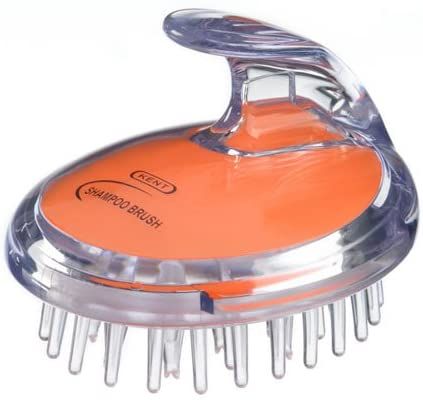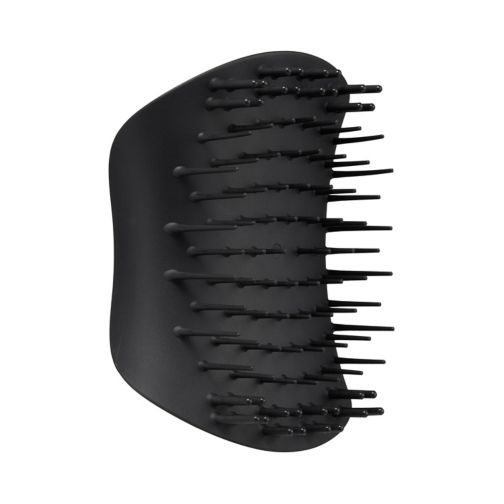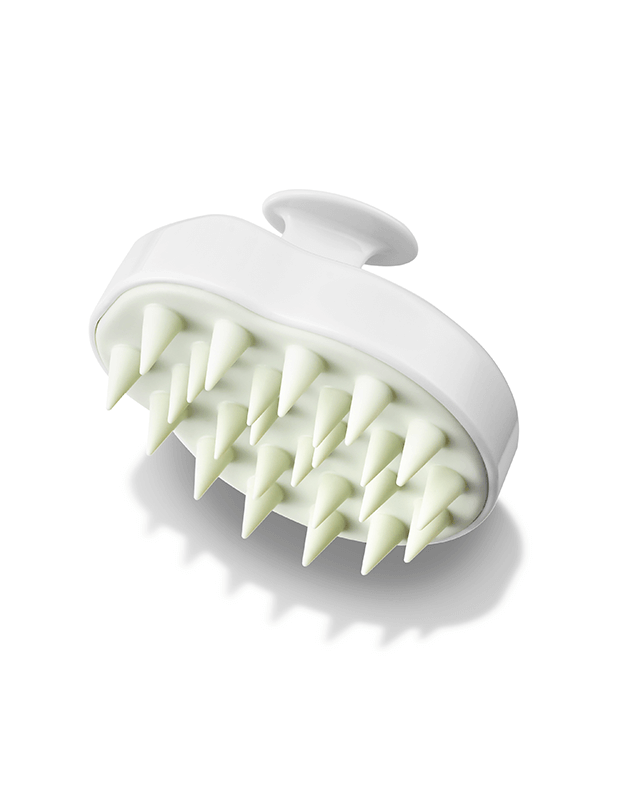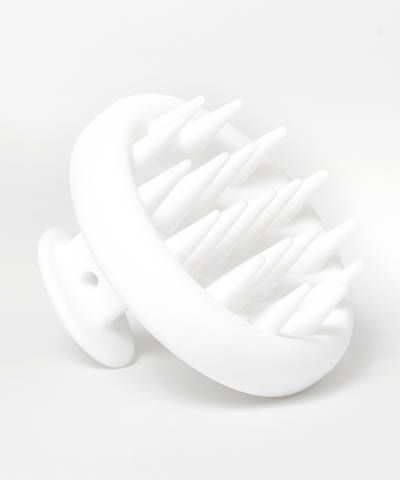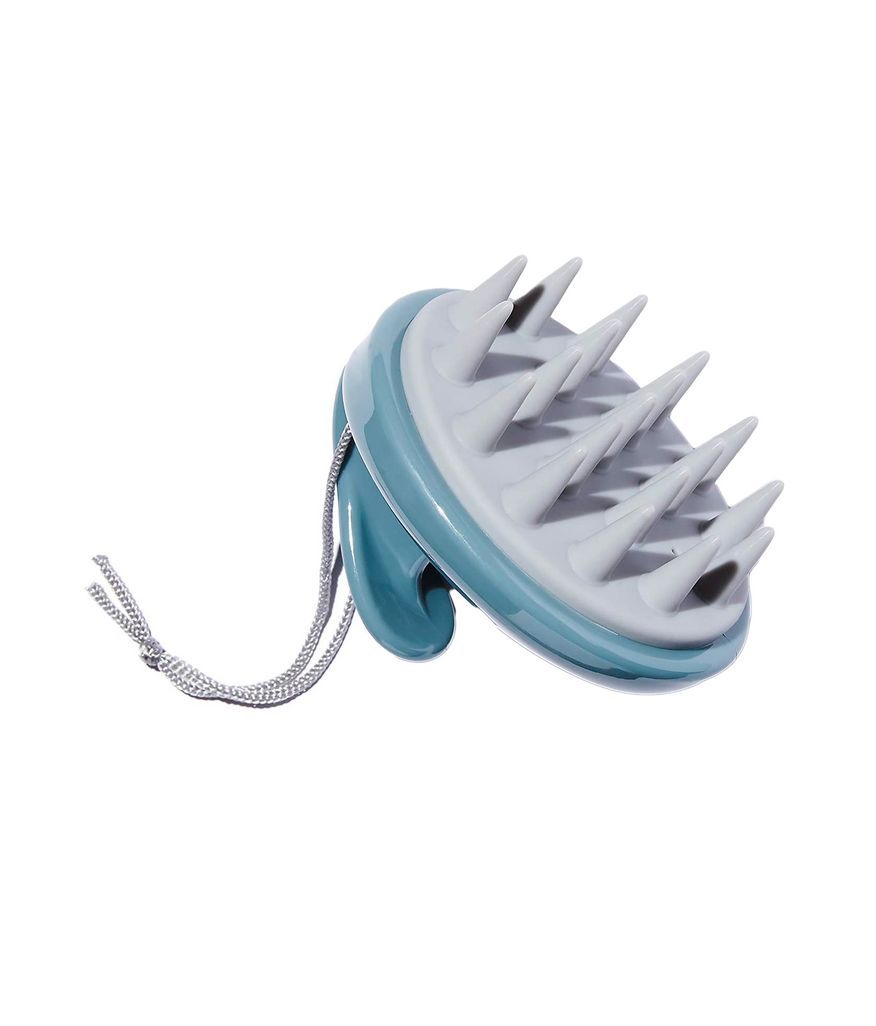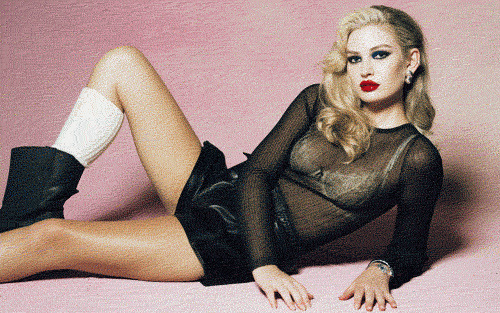
While I’ve been lucky enough to have escaped dealing with any major scalp issues in the past, I have started to find that my head can get a little itchy when it’s dealing with product build-up. (And yes, as a beauty writer, I try a lot of hair products.) So to combat this, initially, I started using specialist shampoos and scalp treatments. And while they did the trick at removing the product from my head, many of the formulas I tried would end up drying out the strands of my hair at the same time—nightmare. Then I was recommended a scalp brush.
“A healthy scalp equals healthy hair,” says award-winning hairdresser Martin Crean. “It removes dead skin cells and product residue to give your scalp time to breathe and prevent conditions like dandruff.”

If you haven’t seen a scalp brush before, then let me fill you in. It’s a hair tool that tucks neatly in the palm of your hand with teeth that massage your scalp. In fact, it shouldn’t be called a brush at all, really. I think the reason I didn’t try one for so long was that the idea of brushing my wet and lathered-up scalp sounded aggravating, whereas this tool actually acts more like a cleansing device. It helps to lift out excess dirt without aggressively exfoliating. Plus, in my opinion, it mimics the feeling of someone else massaging your head, which is the best part of having your hair done at the salon, right? Nothing beats a hairdresser massaging every inch of your head, and a scalp brush brings you that little bit nearer to the professional experience when you’re washing your hair at home.

“A scalp brush stimulates blood circulation, exfoliates dead skin cells from the scalp and helps remove product build-up from the scalp,” says celebrity trichologist Mark Blake. He notes that we don’t pay enough attention to scalp-care as standard, so a scalp brush is an easy addition to help keep it healthy. “We seem to have an invisible line above our forehead where we spend virtually nothing on the scalp and still expect our hair to be fantastic, yet below that line, we spend lots of money on expensive creams and serums for our face.”
A scalp brush isn’t for everyone, though. If you have a really sensitive scalp or a condition such as psoriasis, then Blake doesn’t advise using a brush, as it can lead to “excessive excoriation.” Also, if you have very curly or naturally coily hair like I do, then take care to not tangle your roots while you’re massaging your head.
